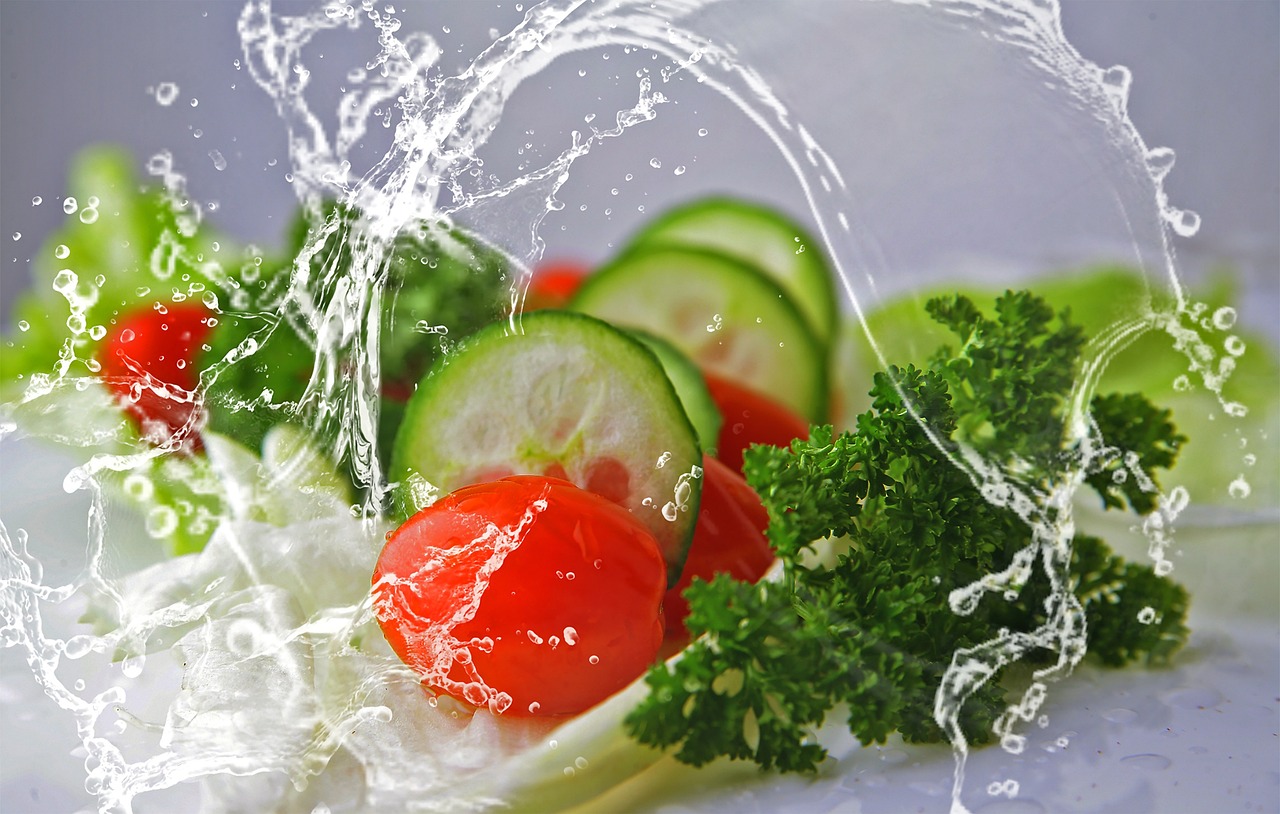Embracing the Power of Microgreens in Achieving Optimal Health
As our understanding of nutrition evolves, we are constantly discovering new, exciting, and potent superfoods that can revolutionize our health. One such emerging trend is the consumption of microgreens, the young seedlings of edible plants and herbs. But what exactly are these tiny powerhouses of nutrition, and how can they contribute to our well-being? Let's dive into the world of microgreens and uncover their potential to enhance our health and vitality.

The Origin and Rise of Microgreens
Microgreens, also known as vegetable confetti, are a type of vegetable green harvested within just 7-14 days of germination. They have been part of the human diet for thousands of years, with records dating back to the ancient civilizations of Egypt and Rome. However, it wasn’t until the 1980s and 1990s in San Francisco, California, that microgreens started gaining popularity in the culinary world. Today, they are a vibrant part of many health-conscious diets due to their nutrient-dense profile.
Microgreens and Modern Health Trend
Microgreens have emerged as a modern health trend due to their potent nutritional value. They contain higher concentrations of vitamins, minerals, and antioxidants compared to their mature counterparts. Research shows that these tiny greens can have up to 40 times more nutrients than the fully grown versions of the same plants. This means incorporating microgreens into your diet could significantly boost your nutrient intake and contribute to overall health.
The Science behind the Health Benefits of Microgreens
Microgreens are packed with antioxidants, which play a pivotal role in combating oxidative stress and inflammation – two key players in chronic disease development. Studies have linked microgreen consumption to improved heart health, reduced risk of obesity, and enhanced immune function. However, while the health benefits are promising, more research is needed to fully understand the potential of microgreens in preventing and treating specific health conditions.
Challenges and Considerations in Consuming Microgreens
Despite their health benefits, there are challenges in incorporating microgreens into one’s diet. Their delicate nature requires careful handling and storage to prevent nutrient loss. Furthermore, they can be relatively expensive, and their availability may be limited, especially in areas without access to farmers markets or specialty grocery stores. It’s also crucial to ensure they are properly washed to remove any potential contaminants.
A Closer Look at Microgreen Varieties and Their Benefits
- Kale Microgreens: These are packed with Vitamin K, which is essential for bone health and blood clotting.
- Pea Shoots: High in Vitamin A and C, these boost your immune system and eye health.
- Sunflower Shoots: These offer a substantial amount of protein and beneficial enzymes.
- Radish Microgreens: High in Vitamin B, C, E, K, and antioxidants, these are great for overall health.
In conclusion, while microgreens are a relatively new trend in the world of nutrition, they offer substantial health benefits due to their high nutrient density. Incorporating these tiny but mighty greens into your diet can be an excellent way to boost your nutritional intake and promote overall health. However, it’s crucial to approach their consumption mindfully and ensure they are sourced and stored safely for maximum benefits.





